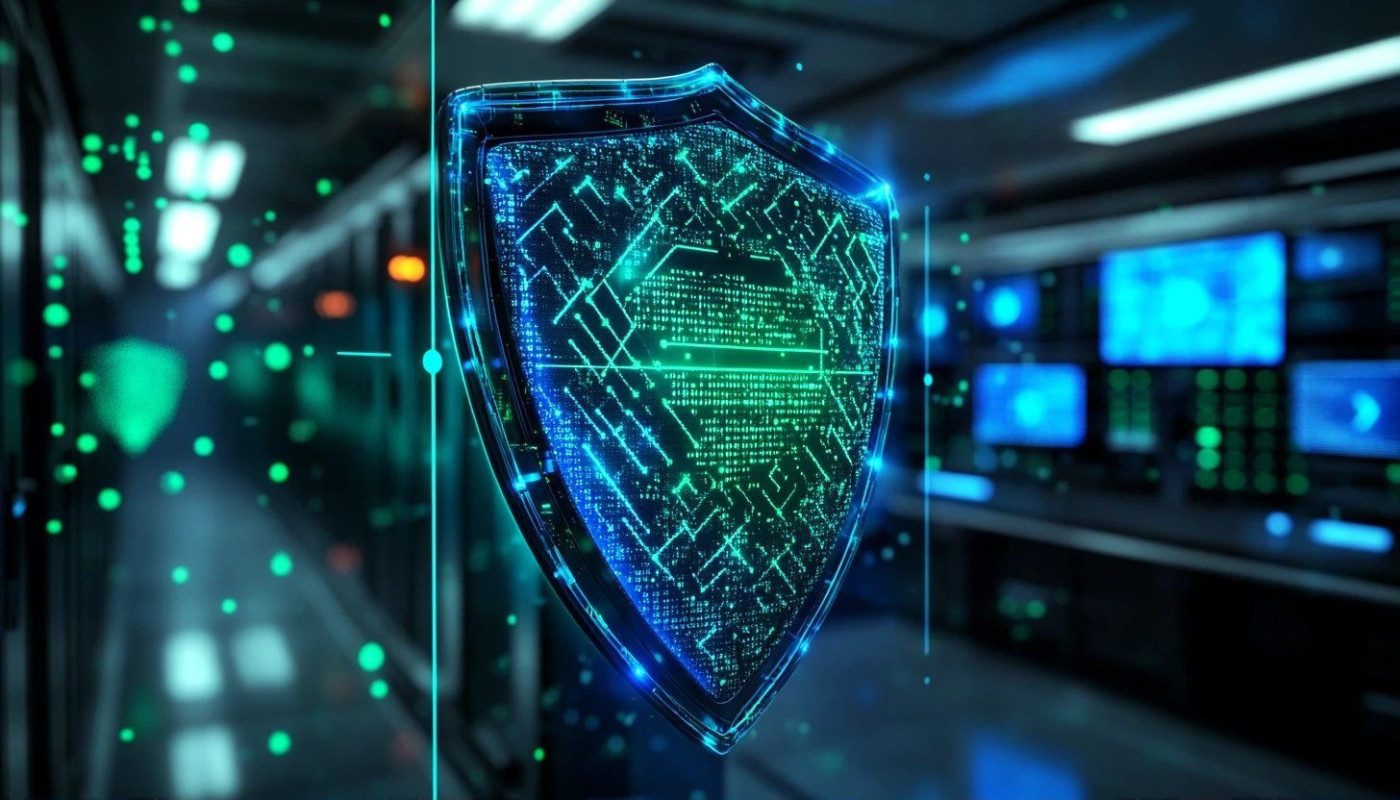Table of contents
In the digital age, safeguarding online assets from sophisticated cyber threats is a non-negotiable priority for businesses and organizations alike. Advanced DDoS protection technology stands at the forefront of these defense strategies, offering robust solutions to mitigate and neutralize complex attacks. Delving deeper into this subject reveals how such protection not only ensures operational continuity but also fortifies trust and resilience in an interconnected world. Continue reading to uncover the multifaceted benefits brought by the latest advancements in DDoS defense.
Understanding ddos attack evolution
Over recent years, DDoS attack trends have undergone significant transformation, reflecting the constantly evolving cyber threats facing organizations. Where early disruptions relied primarily on overwhelming networks with sheer traffic volume, contemporary multi-vector attacks now exploit a broader attack surface, targeting multiple layers of infrastructure and application stacks simultaneously. This shift has expanded the threat landscape, requiring the implementation of sophisticated mitigation strategies that can counter not just volumetric surges but also protocol manipulation, application-layer attacks, and even advanced persistent attempts to degrade services over time. As the attack surface continues to grow with digital transformation and increased connectivity, advanced protection solutions must offer adaptive, real-time defenses to anticipate and neutralize these increasingly complex and coordinated threats.
Key features of advanced solutions
Modern DDoS protection systems incorporate a suite of functionalities that significantly outperform traditional defensive approaches. At the core lies real-time monitoring, which continuously assesses network traffic for irregularities. These systems leverage behavioral analytics to establish baselines for normal activity, using anomaly detection techniques to pinpoint deviations indicative of an attack. Automated defences respond instantaneously, rerouting or blocking harmful traffic without manual intervention, which is vital for minimizing downtime and maintaining service availability. Machine learning security enables adaptive learning from both historical and live data, allowing advanced threat detection mechanisms to evolve in response to emerging tactics. This synergy of real-time monitoring, behavioral analytics, and machine learning security creates an environment where threats are identified early and neutralized efficiently, ensuring robust protection against increasingly sophisticated DDoS campaigns.
Business continuity and uptime assurance
Robust DDoS protection forms the backbone of uptime assurance and business continuity by defending against sophisticated cyber threats that target service availability. Uninterrupted access to digital platforms is vital for organizations, as any disruption can result in immediate financial losses and longer-term reputational harm. Advanced DDoS protection integrates redundancy at multiple network layers, ensuring that critical systems remain operational even during persistent attack attempts. The chief information officer highlights how deploying such redundancy not only supports downtime prevention but also bolsters overall cyber resilience. Enterprises aiming to maintain strong service availability should routinely check that their protective solutions align with the latest industry standards and can withstand evolving threat vectors.
Safeguarding customer trust
In sectors where data security and uninterrupted access are vital, effective DDoS mitigation forms the backbone of customer trust. When organizations visibly invest in advanced protection technologies, they send clear trust signals to their audience, demonstrating a steadfast commitment to risk management and operational resilience. This not only safeguards sensitive information but also boosts brand reputation by showing that proactive measures are in place to prevent disruptions. Consistent, reliable access to services enhances the customer experience, especially for clients who prioritize security in their interactions. As businesses face increasing cyber threats, integrating robust DDoS defenses becomes a strategic move to reassure clients that their interests remain protected and that the organization values their loyalty and confidence.
Future-proofing against emerging threats
In today's rapidly evolving digital landscape, future-proofing business operations mandates the deployment of adaptive solutions capable of addressing emerging threats before they escalate. Cybercriminals continuously develop sophisticated attack methods, with zero-day attacks presenting some of the most formidable challenges. To counter these, organizations must prioritize scalable protection that grows alongside their infrastructure, ensuring resilience even as the threat landscape becomes more complex. Harnessing advanced threat intelligence allows cyber defense platforms to anticipate and neutralize new attack vectors, mitigating risks that traditional defenses might overlook. Integration of real-time analytics and automated response mechanisms further strengthens the ability to react to dynamic incidents, keeping business-critical services operational in the face of adaptive and persistent DDoS campaigns. This proactive, intelligence-led approach is paramount for maintaining robust security in an environment where threats evolve faster than ever before.







